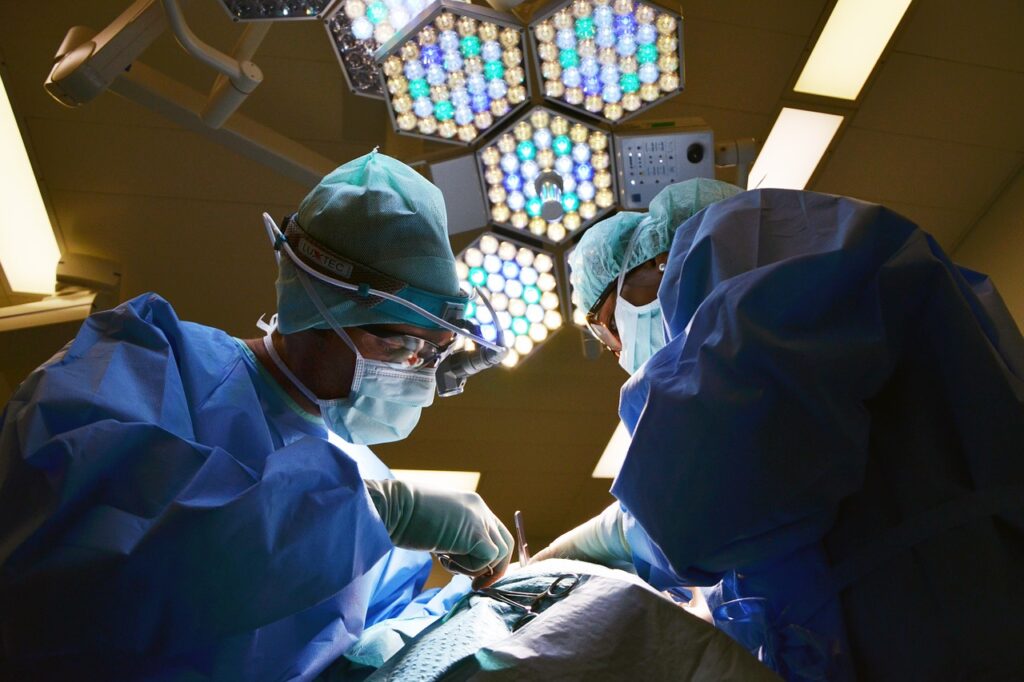Health care
What Does A Vascular Surgeon Diagnose?
A vascular surgeon treats dysfunctions of the vascular system. Your vascular system is basically your circulation system. This involves how the blood travels through your arteries to all parts of your body and how the veins bring the blood back to your heart. If there is anything interfering with this blood flow, the vascular surgeon can determine the cause and recommend treatment.
Although the brain and the heart have blood vessels, a vascular surgeon or vein doctor in Los Angeles, CA does not treat these areas.

How to Get an Appointment
People who see a vascular surgeon are usually referred by their primary care doctors. For example, the patient might have a recurring leg pain and sees his primary care doctor about it. The doctor evaluates the problem and determines that there might be an underlying cause with the circulation in his leg that might be a peripheral artery disease. At this point, he can refer his patient to see a vascular surgeon for a more in-depth evaluation of the cause.
A vascular surgeon can perform surgery, but that is usually not the first course of action. After he takes a full medical history of the patient and runs diagnostic tests, he can make a diagnosis and recommend a treatment plan. Treatment can include medication, exercise, change in diet, and other non-invasive options. Sometimes surgery is indicated if non-surgical options are not sufficient.
Conditions Vascular Specialists Can Diagnose
The vascular surgeon can diagnose many types of circulation problems. These include:
- Any damage to blood vessels after a trauma or injury
- Deep vein thrombosis: a blood clot in a vein that is deep in the body. This is commonly found in the thigh or lower leg, but it can be anywhere.
- Atherosclerosis: this is when the arteries are hardened by an accumulation of plaque in the arterial walls. This can block the blood from circulating.
- Aneurysm: A ballooning or bulge in the artery caused by a weak spot in the arterial wall.
- Varicose veins: Veins that are bulgy and twisted that often appear on the legs. These can be red, blue, or skin-toned. This is caused by abnormal circulation in the veins.
- Spider Veins: The thin network of veins resembles a red spider web. These are not as large as varicose veins, but you can still see them under the skin.
- Peripheral artery disease: When plaque accumulates in the arteries that go from the heart to the upper and lower extremities, the arteries become narrow and can lead to blockage.
- Carotid artery disease: when there is plaque build-up in the arteries that transport blood to your neck and head, or carotid arteries.
Because a vascular problem can be long-term, the vascular surgeon may be a specialist whom the patient must see on a regular basis, along with his primary care doctor. The health professionals exchange information and become part of a treatment team for the patient.
People who have high-risk conditions such as hypertension, diabetes, or have high-risk habits like smoking, have a higher chance of requiring the support from a vascular surgeon because many ailments that they suffer from are caused by impaired blood circulation.
If there is more than one way to treat the condition, the vascular surgeon will present all viable treatment options to the patient and discuss the pros and cons of each. Treatment may include non-invasive approaches as well as surgery, both complex and minimally invasive. The vascular surgeon will make sure that the patient understands his options.
A vascular surgeon becomes part of the care team for the patient. In addition to treating the vascular condition, a vascular surgeon in Los Angeles, CA will work with the patient to adopt lifestyle habits that will promote healthy blood circulation.